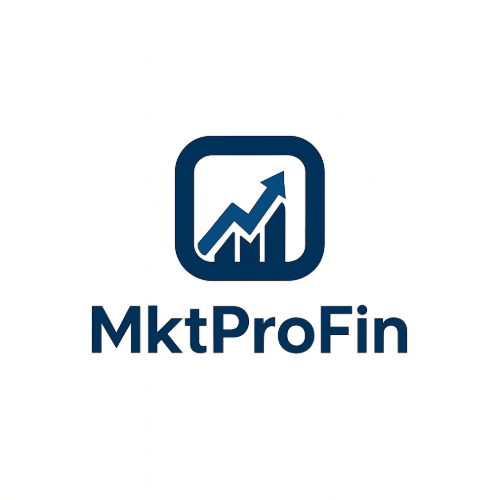Which Model is Right for You: RIA, IAR, or Broker-Dealer?
As a financial professional, deciding on the best route to independence might be difficult, but it does not have to be. Each model offers a different balance of independence, accountability, and earning potential, depending on your preference for creating your own RIA, becoming an Investment Adviser Representative (IAR) for an already-existing business, or joining a broker-dealer. This article assists you in determining what is best for your long-term professional objectives.
Hybrid vs. Fully Independent: Pros and Cons
You have complete control over your clients, fees, brand, tech stack, and marketing when you work with a fully independent RIA. You create everything from scratch and are the sole owner of your book. But you also take complete responsibility for operations, custody, and compliance. For self-assured advisers with long-term growth objectives and an entrepreneurial mindset, it is an excellent model.
Conversely, a lot of advisors decide to become IARs by affiliating with an already-existing RIA, which gives them autonomy without requiring them to establish their own company. You take advantage of the parent RIA's compliance program and infrastructure, frequently at a reduced cost and with less regulatory burden.
You can continue to provide commission-based services while branching out into fee-based advising services using hybrid models, in which you are dual registered with both a BD and an RIA. Compared to complete independence, these models may have more complicated monitoring and fewer technological possibilities, but they do offer flexibility.
Financial Implications of Each Path
The model you choose will have a big impact on your pay structure. Independent RIAs are required to pay for all business expenses, but they frequently pocket 90–100% of their earnings. IARs profit from shared infrastructure but usually receive 60–80% rewards. BD representatives have access to a wider range of investment products, insurance options, and operational support, but they can make less money each transaction.
IARs benefit from a smaller initial investment, whereas RIAs have the highest startup and compliance costs. Broker-dealer models frequently have contractual restrictions, however they may provide forgiven loans or transition packages.

